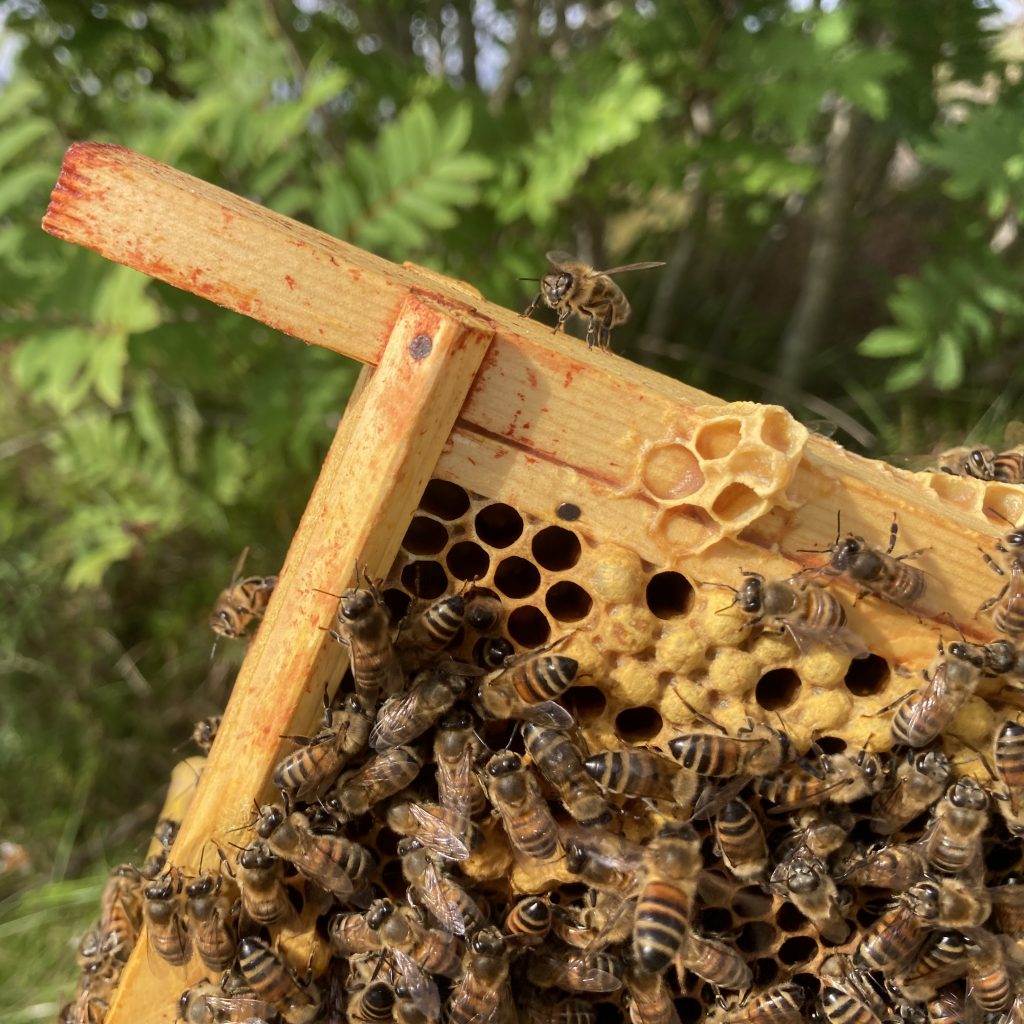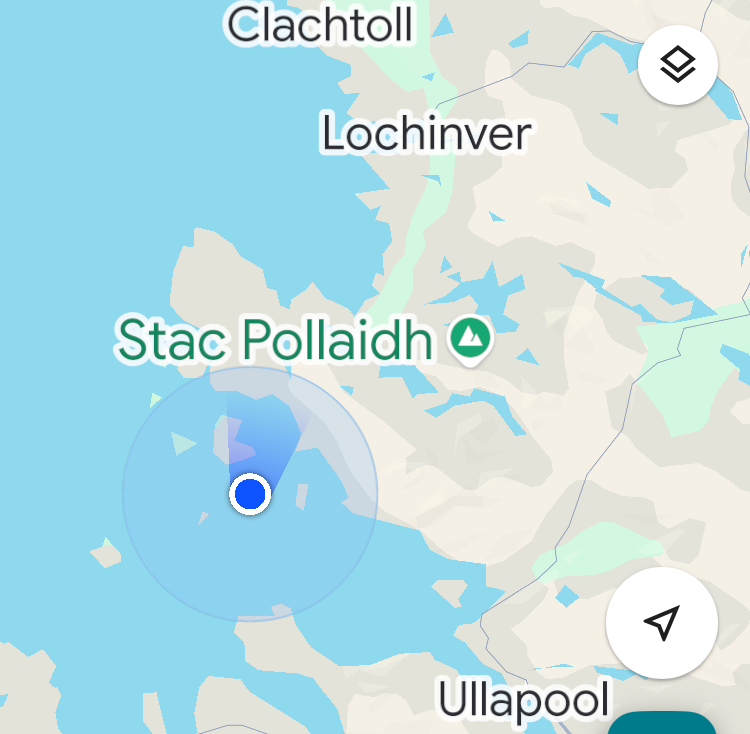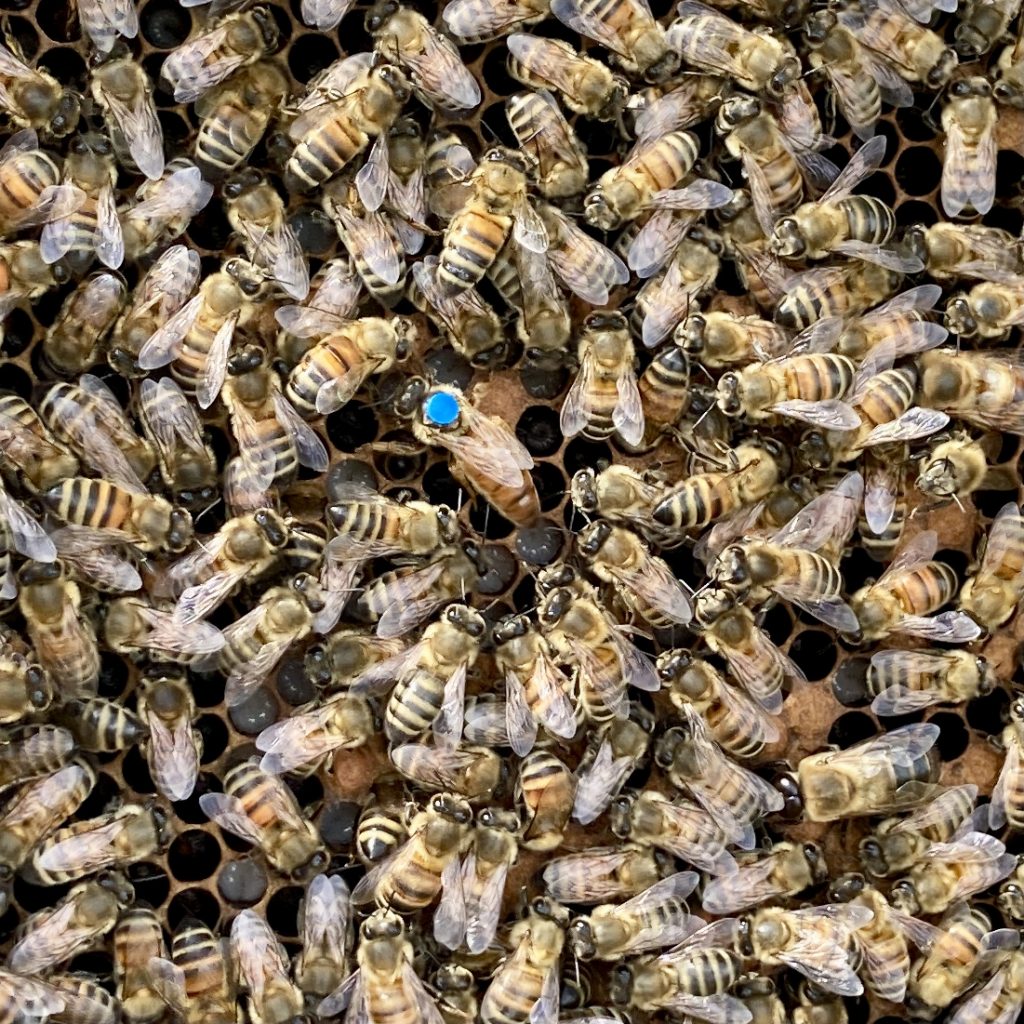As the Bee Flies

Whilst I am bound in an endless loop of waiting encircled by nothing-happening-ness, drawn by the hands of the crofting commission and the islands solicitors, I was given a space of land to begin my beekeeping journey.
So it was out with the notebook for a last check over my learning, thoughts and equipment list before placing an order for the start of my new venture.
Shopping list:
- National Cedar Hive + 3 Supers
- Pine Nuc Box + Extra Super
- Queen Excluders
- Frames and Waxed Foundation
- Ronseal’s finest Sunburst Yellow Paint
- Smoker, Hive Tool, Queen Holder, Bee Brush
- Hive Top Feeder
- Protective Suit and Gloves
Then it was a waiting game until the equipment sailed over The Minch and arrived on Lewis. Beekeeping is, supposedly, about patience and so I guess it is all good practice!
But wait! What about the bees?
I hadn’t forgotten about them, however you can’t get a nucleus of bees delivered to the Outer Hebrides. No one will (or should) deliver to the island due to the welfare and associated transport issues which could mean that the bees do not survive the journey. Imagining them stuck in a postal van waiting several days for the ferry to sail during a prolonged storm and I am sure that you can see the issue.
As discussed in my previous post Buckfast Bees in the Hebrides, there are few to no opportunities to acquire bees or a swarm on the Isle of Lewis itself, and so the call for help went out on social media.
It didn’t take long before I was contacted by a beekeeper on the mainland, just a short journey from the ferry port. His bees were well acclimated to the North West of Scotland and proven in conditions not dissimilar to here. The queen was from a well regarded breeder, also in Scotland, and importantly the keeper was enthusiastic about helping me start my beekeeping journey on the island. At near to the same latitude and only 40 miles away (as the bee flies) it was the best opportunity I had to acquire suitable bees for the Isle of Lewis.

Heading back on the ferry with a box of bees was exciting. It’s the smoothest I’ve driven in a long while, and I was hoping the bees weren’t going to suffer from motion sickness in either the van or on the ferry. I needn’t have worried about either.
Despite the late hour it was still almost daylight. At this time of year it doesn’t really get dark here on Lewis. However the bees weren’t fooled. I set down the nuc box on top of their new home, opened the entrance, and watched as a few emerged to explore their surroundings. Then they popped back in, reported to the rest that they had indeed moved home, but it wasn’t morning yet so back to bed everyone!
When the clock indicated morning I awoke to find that the weather was extremely windy with heavy rain showers. I wanted to get the bees moved into their new home but didn’t want to expose them to the poor weather. As a small, and therefore weak, colony it would not be wise to get them wet or cold and I was lead to believe that bees can’t fly above 25mph. Something that I now know just isn’t true! So at the first break in the rain and slight easing of the wind I was out and moving the frames of bees over from their nuc box to the hive as quickly as I could. I made a mental note of what the frames looked like, didn’t spend time looking for the queen, and filled the rest of the brood box with new frames before closing them up and letting them do whatever it is they needed to do.
The next five days were spent watching the bees from outside of the hive. Each day the activity levels increased slightly, and the bees began with their housekeeping. I watched as dead bees were ejected (in small numbers) and bees started to come in with more and more pollen. I was quickly impressed with how, despite what I had been lead to believe, they could fly in winds above 25mph. In fact they were actively foraging in 30-50mph winds. Even after such a short time I was happy to be witnessing what I had read and learned regarding how a colony grows and felt that things were probably on track.
Observing the Sabbath
The Isle of Lewis holds the strong tradition of Sabbatarianism. Many of the residents keep Sunday as a day of worship and of rest. Even the non-religious tend to respect the day, and the majority of businesses remain closed on a Sunday. However livestock is still tended and restful pleasures enjoyed. Beekeeping it is then!
Sunday came, the last of June, and it was inspection time. As i began the ritual of donning my Sunday best (bee suit) and lighting the smoker I was excited to be having some interaction with the bees. Whilst I trust that bees will do what bees do, with or without me, it was important for me to test my knowledge so far and have some interaction with my “flock”.
For the first inspection I couldn’t have been more pleased. I noted as I approached the hive there was a hum in the air. The most activity that I had witnessed, and by far the most bees. Something had definitely changed within the hive. As I opened the lid and removed the crown board the bees paid little attention to me. They were calm and not defensive at all. A little smoke seemed to annoy them so I put the smoker to one side and trusted we would all be fine without.

Inspecting the frames has to be done in a prompt and orderly manner, and so I proceeded to work through them one by one. They hadn’t created any new comb on the new foundation that I had provided, however I did witness the emergence of drone bees from the outer edges of some frames. An amazing site for a first-time beekeeper on their first inspection. I also had a tick list of what I expected to see, all of which was present.
- The Queen! A marked (blue for 2025) F1 Buckfast
- Eggs (freshly laid and uncapped)
- Larvae (uncapped)
- Capped worker brood
- Lots of empty brood cells (hence the increased number of bees!)
- No queen cells or queen cups
- Bee bread and a little nectar store
- Emerging drone brood
All of the bees looked healthy and on task in my limited opinion. It was a wonderful experience to see what I consider happy bees doing what bees are happy doing. Like any stock, you have a duty of care towards it and in this instance I felt proud that they had taken to the space that I had provided them and were making themselves at home.
Learning Points for June
So what did I learn in June?
Bees know what they are doing, if you give them something to work with they’ll get on with making it work.
If you ask five beekeepers a question (or YouTube) you’ll get fifteen different answers (none of which need be wrong).
Bees can fly in windy weather.
Some things can wait. Some things will wait. Sometimes you just need to start.
Beekeeping is as awesome as I hoped it would be!


Leave a Reply